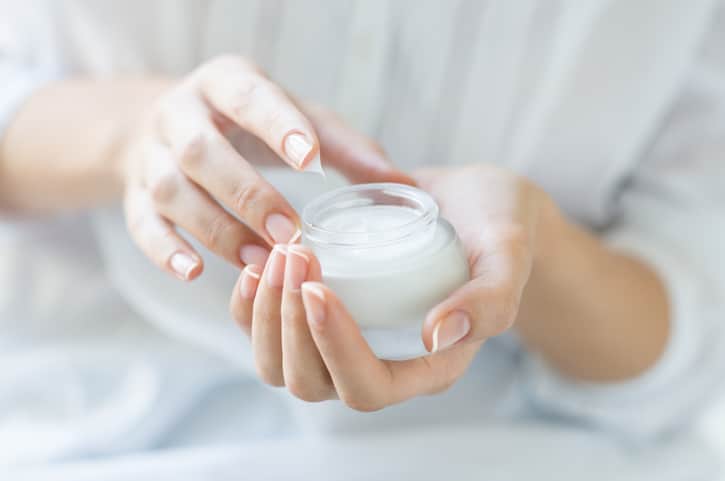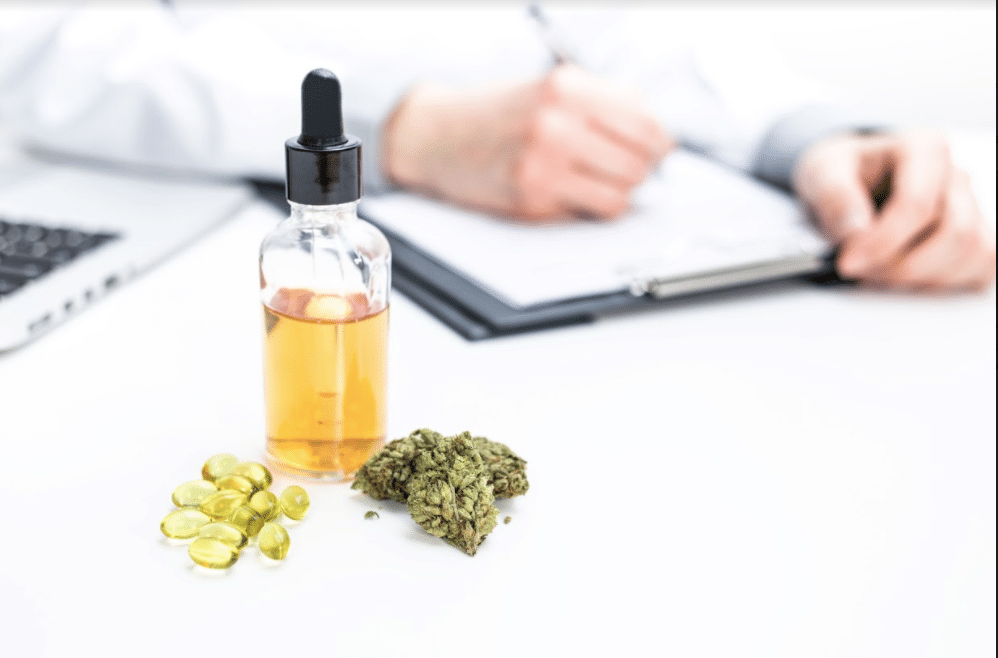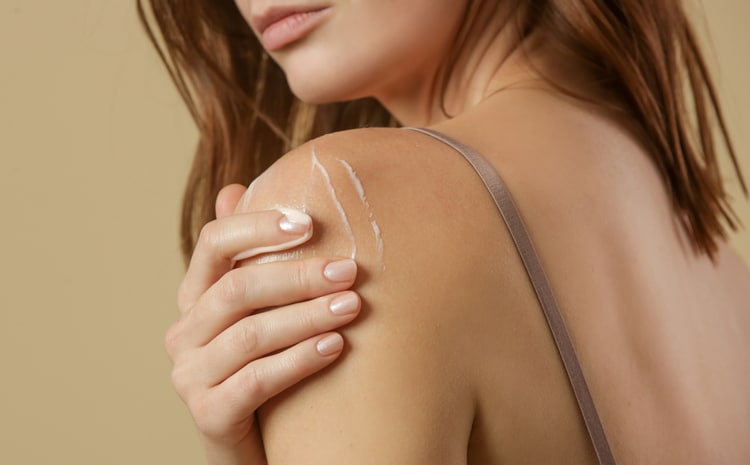
Cannabis extracts can be added as an ingredient to all kinds of oils, balms, lotions, and other topical products. These products are typically used in these formats in the hope of providing a healing effect to localized areas of the skin, joints, or muscles. Containing either both THC and CBD or only one of the two, these products are purchased by consumers for a number of different reasons.
To understand more about cannabis-based topicals, let’s examine a few key facts about them.
1. They Aren’t Designed to Produce a High
Cannabis-based oils, lotions, and other skincare products are not intended by design to produce an intoxicating effect. Laws allow a maximum of 1000 mg THC per package. This is an amount of the cannabinoid that is not sufficient enough to produce an intoxicating effect through a standard topical application. Additionally, THC doesn’t enter the bloodstream through skin application. The cannabinoid is therefore not exposed to the parts of the body responsible for producing intoxication.

There is no high from topical application, as the THC doesn’t enter the bloodstream through the skin
It is possible, however, to experience some form of inadvertent high if the products are unwittingly consumed through the mouth. As an example, if a person whose hands have just been treated with cannabis cream then puts their fingers in their mouth through eating, they may very rarely experience a psychoactive response similar to what might be expected from a cannabis-infused edible. Consumers wishing to avoid this effect are advised to wash their hands immediately after applying the topical.
2. People Often Use Them in the Hopes of Addressing Pain and Inflammation
Studies have linked cannabis-infused topical products with pain relief from conditions that cause swelling and inflammation. While many health professionals remain hesitant about prescribing anything containing cannabis, a great body of evidence is growing to support the use of cannabis-based products—including topicals—for their effectiveness in helping to address a range of clinical conditions. Ongoing controlled clinical trials continue to explore the therapeutic efficacy and dose ranges of such products.
If you want to become a cannabis distributor, you might be interested to learn of the following examples of ailments people frequently use current forms of cannabis-infused topicals for, with many reporting relief from inflammation and pain as a result. These conditions include:
- Dermatitis and other skin rashes
- Joint swelling
- Muscle aches
- Chronic back pain
- Erectile dysfunction

Research reveals growing evidence to suggest the benefits of cannabinoids for treating some clinical conditions
3. They Work on the Localized Area of Skin Where They’re Applied
The way cannabis-based topicals work to treat pain and inflammation is by binding to the person’s network of cannabinoid receptors called CB2. This is one of two receptors (CB1 is the other) within the body’s endocannabinoid system, where the cannabinoids CBD and THC are absorbed into our systems.
When cannabis is consumed by inhaling or ingesting, these cannabinoids quickly enter the bloodstream via the lungs or digestive tract, carried throughout the body to bind with various CB1 and CB2 receptors to produce a whole-body effect.

THC binds with CB2 receptors in the skin where it is applied, producing a rapid localized effect
Topical usage has a much more localized effect, with application to a hand or knee exposing the cannabinoid to receptors in that area of skin only.
If You Want to Become a Cannabis Distributor, Keep up to Date on Topical Product Availability
As the cannabis industry continues to flourish and research continues to demonstrate the beneficial effects of topical products for some clinical conditions, topicals might continue to be popular among consumers. The public might even look forward to an ever-wider availability of these products on the market.
Are you interested in entering the thriving cannabis industry by taking cannabis retail courses?
Contact the Academy of Applied Pharmaceutical Sciences for more information on its cannabis management diploma program!



